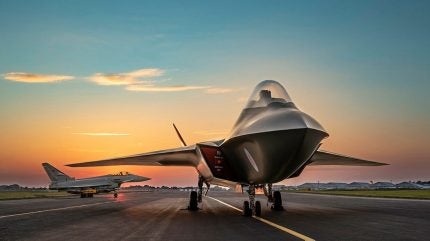
We have had fourth and fifth generation combat aircraft, but what characteristics have come to define our understanding of ‘sixth generation’, and how do they differ from previous programmes?
It probably will not help to hear that different countries mean different things when they use the term. This was a running theme during a panel of combat air specialists at the International Fighter Conference in Berlin, hosted by DefenceiQ in early November.
Nevertheless, this reality tells us that the concept is still being tinkered with as technologies evolve; we are still in the early conceptual phase where a plurality of ideas for advanced capabilities are being considered and proven.
Curiously, different understandings of ‘sixth generation’ seem to differ according to various nations’ strategic ambitions, informed by geography, and their respective budgets as we enter a new era of peer-on-peer conflict.
The US and China, both with huge budgets, are entangled in a strategic power struggle in an even larger expanse across the Indo-Pacific. The two contenders need to be able to fly longer ranges – up to 1,000 miles – in a theatre that is more than 100 million square miles. Likewise, they must be able to operate with low observability across the electromagnetic spectrum (EMS), particularly in the X-band.
Essentially, American and Chinese requirements are of a “qualitative difference”, remarked Professor Justin Bronk, airpower specialist, Royal United Services Institute, during the panel discussion.
Meanwhile, Europe demands slightly different requirements. Over the last (nearly) three years, the Russia-Ukraine war has demonstrated a highly disruptive modern battlespace. Along a gruelling frontline where success is measured in yards of land, sixth generation is more about improving fifth generation stealth and to secure the skies.
Fourth and fifth generation
While sixth generation is more difficult to extrapolate since the concept has not been defined with any certainty, it may serve to look at previous developments in the evolution of combat aircraft.
Fourth and fifth generations are designed for different tasks which may suggest that defining the next generation means, simply, to put the aircraft into a different operational context. This is a unique understanding as it would follow that sixth generation is not necessarily distinguished by its advanced capabilities but by what purpose the aircraft serves.
Although fourth generation aircraft go back to the 1970s, with notable platforms like the F-16 Fighting Falcon, for which Lockheed Martin recently celebrated its fiftieth anniversary, they still serve a critical role in modernised fleets, albeit in upgraded iterations.
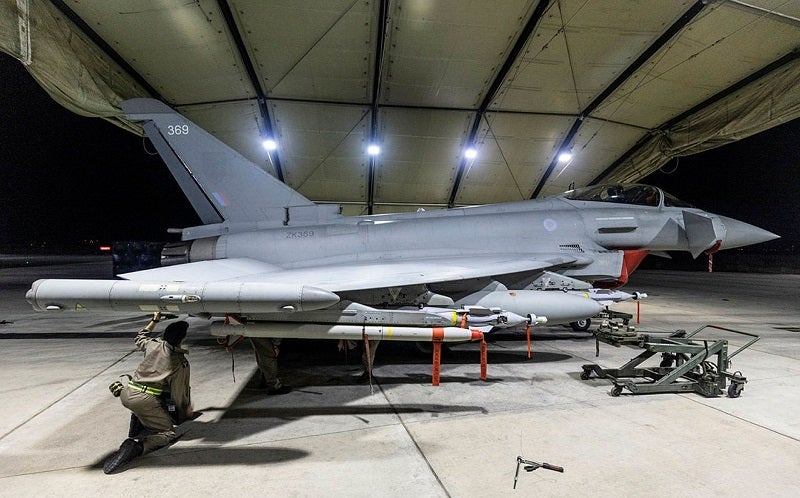
Throughout 2024, UK Royal Air Force (RAF) Typhoon FGR4s, procured between 2003-7 according to GlobalData, conducted numerous air-to-surface strike missions against military targets in Houthi-controlled Yemen. From these sites, the Iranian-backed militant group has disrupted maritime shipping and surface combatants in Red Sea and the Gulf of Aden since the Israel-Hamas war started.
As the Eurofighter demonstrates, fourth generation aircraft are designed to be highly manoeuvrable and conduct strikes at long ranges, whereas, fifth generation are designed with stealth in mind.
This means that the present generation jets are used for bypassing integrated air defence systems to neutralise targets. You can see why European sixth generation looks to advance these capabilities as Ukraine is only beginning to depend on long-range weapons to strike war potential deep inside Russia.
The F-35 Lightning II has become a commonplace jet among European nations, particularly in central and eastern Europe where the Russian threat perception is high. From the Arctic stretches of the Nordic region to the temperate Mediterranean Sea, many countries operate the world’s most sophisticated fighter jet; even contributing to Nato air policing across the Baltic States.
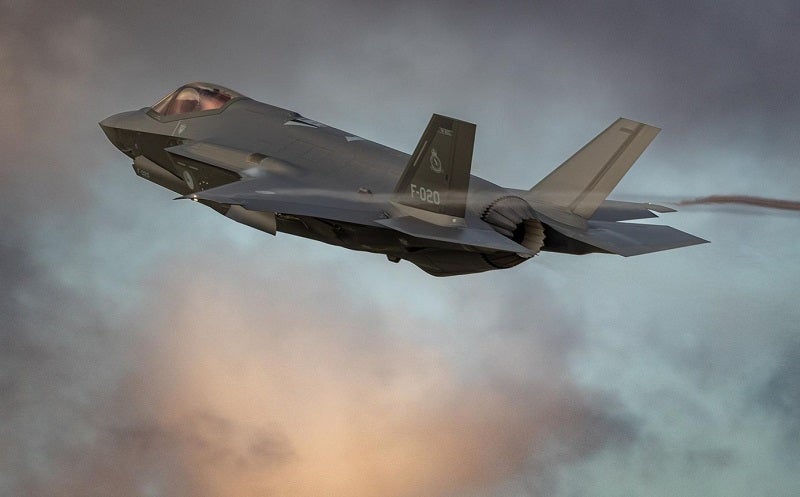
Sixth generation: hybrid force
This then begs the question: what is the operational context for sixth generation aircraft?
There is a consistent requirement across sixth generation fighter programmes. Fundamentally, it can be said that a sixth generation crewed fighter jet is intended to operate alongside other autonomous air vehicles which provide a collaborative combat component as part of a crewed-uncrewed teaming network.
This is a unique concept since uncrewed aerial vehicles (UAVs) have been used extensively for over three decades, though they have always operated independently from other crewed air assets according to GlobalData’s thematic intelligence report on “Manned-Unmanned Teaming” (2024).
Collaborative combat aircraft, or CCAs, offer attritable mass at the tactical level. This network component is essential to the new aerial force structure that many militaries are pursuing in various programmes.
However, it is not just the UAVs that have a mind of their own but the missiles, too. There are innovative projects such as MBDA UK’s Orchestrike, which use artificial intelligence (AI) for weapon-to-weapon communications.
Orchestrike ensures the optimal result of a salvo through AI-driven coordination, collaboration and cooperation between the missiles and the pilot controlling them from the launch aircraft.
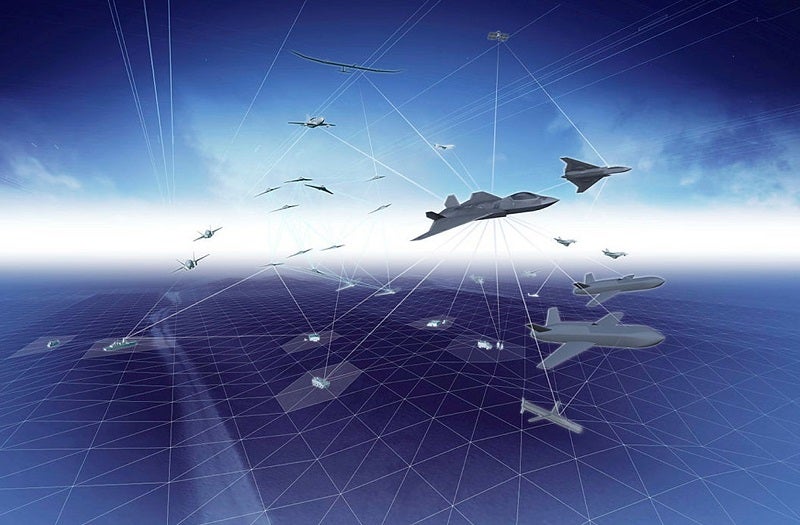
The Global Combat Air Programme (GCAP) is the most ambitious of these concepts right now, coordinated among a trilateral partnership between Japan, Italy and the UK.
“While GCAP could be seen as forward-looking, it is also a very risky oversight driven by a desire to keep British programmes with ‘good economics’,” commented GlobalData defence analyst Tristan Sauer.
This financial risk proves to be an issue for the US as well, which has recently made the prudent decision to go back to the drawing board with this ambitious concept.
Until recently, the front-runner project was the US Next Generation Air Dominance (NGAD) programme. Many aerospace observers are currently under the impression that NGAD ended before it could even begin after an announcement was made by the US Air Force over the summer of 2024. This is misleading. At the conference in Berlin, the US Air Force deputy chief of staff for plans and programs confirmed that its demise is “grossly exaggerated.”
Already, the air force has down-selected two vendors – Anduril and General Atomics – for a detailed CCA concept design. Once the supplier is chosen, the service plan to purchase at least 1,000 units.
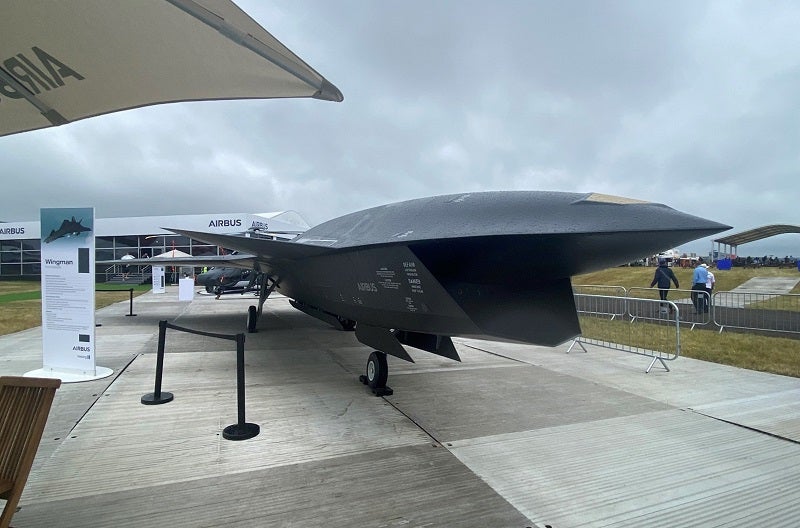
There is also a European alternative, pursued by France, Germany and Spain, known as the Future Combat Air System (FCAS). As part of FCAS, Airbus are offering its Wingman UAV.
During the Farnborough International Airshow this year, Airbus Military CEO, Clive Schley, commented: “This use of AI cannot wait until 2040 when the next generation fighter arrives. The war in Ukraine highlights the urgent need for air forces to engage increasing numbers of dynamic targets, requiring the ability to run multiple chains in parallel and close them as soon as possible.”
While industry is well on its way to bringing sixth generation hybrid warfare to life, the complexity of this concept will keep the AI-driven network in the realm of science fiction, at least for now.



